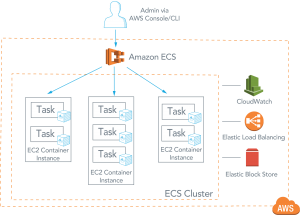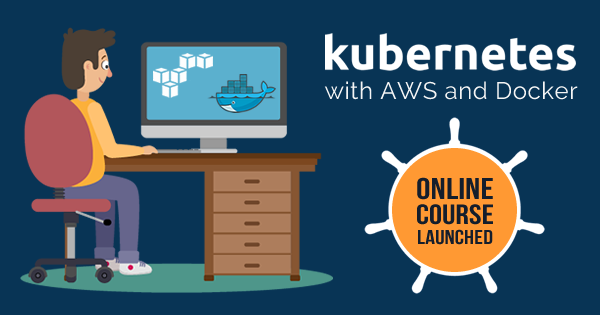
This will create latency and memory usage issues with Redis. Redis_1 | 1:M 00:14:55.373 # WARNING you have Transparent Huge Pages (THP) support enabled in your kernel. Redis_1 | 1:M 00:14:55.373 # WARNING: The TCP backlog setting of 511 cannot be enforced because /proc/sys/net/core/somaxconn is set to the lower value of 128. In order to specify a config file use redis-server /path/to/nf Redis_1 | 1:C 00:14:55.371 # Warning: no config file specified, using the default config.


Little thing but later this may help: we can replace:

Note that the WORKDIR instruction sets the working directory for any RUN, CMD, ENTRYPOINT, COPY and ADD instructions that follow it in the Dockerfile.
AWS DOCKER AND KUBERNETES UPDATE
The application uses the Flask and maintains a hit counter in Redis.īefore we move on to ECS, in this section, we'll play with our app via docker-compose on our local machine.įirst, we'll deploy the app to two containers and then we mount a local volume to the container so that we can update our app on the flow.Ĭache = redis.Redis( host='redis', port=6379)Įxcept as exc: In this post, we build a simple Python web application running on Docker Compose. Local - Dockerfile, docker-compose.yaml, and app.py


 0 kommentar(er)
0 kommentar(er)
